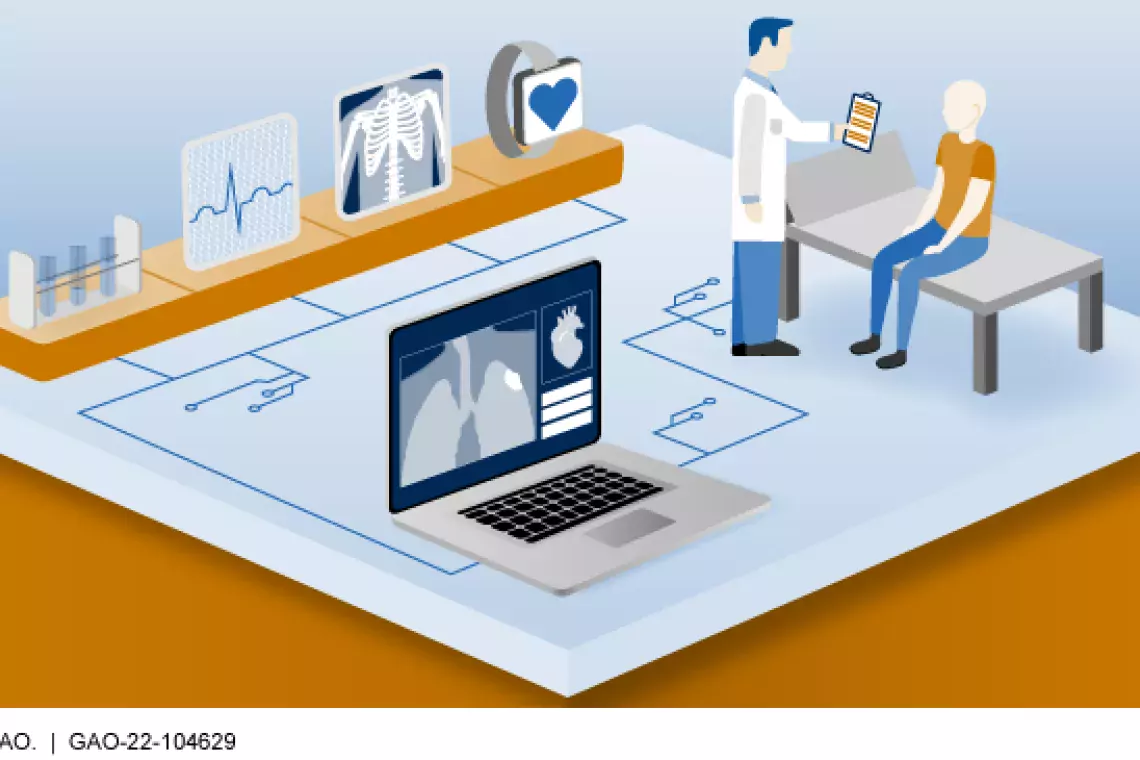A Revolutionary Medical Technology Could Help Millions—If We Play Our Cards Right
A rapidly evolving field known as regenerative medicine could provide new treatments for cancer, diabetes, and other deadly diseases. Regenerative medicine restores or replaces human cells, tissues, or organs—sometimes even by using a patient’s own cells to create the cure they need. It could not only save lives, but reduce the cost of treating chronic disease, which runs to almost $4 trillion a year in the U.S. alone.
Not surprisingly, researchers face major challenges in creating these cures. And even if they succeed, there’s another obstacle: developing ways to mass produce these treatments and make them widely available.
Today’s WatchBlog post looks at our new report on regenerative medicine technologies, along with policy options that might help realize their potential.
Image

Leveling up on healing
Regenerative medicine aims to extend the body’s natural healing and disease-fighting abilities with biotech tools like gene editing and tissue engineering.
For example, some patients with blood cancers—leukemia, lymphoma, and myeloma—are receiving a regenerative medicine treatment called CAR T cell therapy (CAR stands for “chimeric antigen receptor”). For the treatment, doctors remove some of the patient’s own immune cells (known as T cells) from their blood and supercharge them—editing their genes to target and kill that patient’s specific cancer. This therapy has led to complete remission in many patients and is considered one of the major cancer breakthroughs of the last decade.
Regenerative medicine may also open the door to treatments—and even cures—for other chronic diseases. Not only could this improve the quality of life for many patients living with these diseases, it could reduce the cost of their care. For example, a possible cure for diabetes is currently in the works that uses the cells of healthy volunteers to replace insulin-producing cells in the pancreas. In addition to having the potential to cure a common but possibly life-threatening condition, the treatment could also save diabetes patients (as well as Medicare and other insurers) the high cost of purchasing insulin.
A key obstacle: scale
The potential benefits of regenerative medicine could be game-changing for many people struggling with chronic disease, but a great deal of work must be done to bring new treatments to patients. One particular obstacle is how to produce these therapies economically at the scale needed to reach more than a handful of people. The therapies are often personalized, which can be a good thing for an individual patient—but it makes the technology hard to produce in large quantities, and potentially more expensive.
And once a company has created a therapy that can be widely used, there may be additional challenges manufacturing it. It will likely require complex production facilities, which in turn will require educated, well-trained workers. And, as we reported in March, the technicians, data scientists, and other professionals needed for this work are in short supply.
Learn more about this workforce shortage by listening to our podcast with GAO’s Leslie Gordon, an expert on health care policy.
Policymakers can help
Our new report, issued this month, suggests almost a dozen options policymakers could consider for addressing these challenges.
For example, to help scale up production, new industries commonly develop “industry standards” for how to use emerging therapies like regenerative medicine. That may sound like insider jargon, but standards are critical because they establish common definitions and guidelines, which helps ensure consistency and safety. They also help companies and other industry participants solve problems together, rather than making each company reinvent the wheel.
To help develop industry standards for regenerative medicine, government agencies could fund or otherwise support existing standards-setting organizations. But their task will be hard: standards need to be flexible enough to allow for innovation, yet specific enough to help ensure quality.
In addition, to help address manufacturing challenges, government agencies or industry investors could fund or coordinate shared facilities where companies could develop new products. And to ensure the necessary workforce is in place, policymakers could create hands-on training programs at community and technical colleges.
We explore these options, and others, in our report.
Regenerative medicine is still in its early stage, and success is far from certain. But the potential payoffs are huge: cures for diseases that are today incurable, and significant savings on health care costs for millions of people living with chronic disease.
- Comments on GAO’s WatchBlog? Contact blog@gao.gov.
GAO Contacts
Related Products

GAO's mission is to provide Congress with fact-based, nonpartisan information that can help improve federal government performance and ensure accountability for the benefit of the American people. GAO launched its WatchBlog in January, 2014, as part of its continuing effort to reach its audiences—Congress and the American people—where they are currently looking for information.
The blog format allows GAO to provide a little more context about its work than it can offer on its other social media platforms. Posts will tie GAO work to current events and the news; show how GAO’s work is affecting agencies or legislation; highlight reports, testimonies, and issue areas where GAO does work; and provide information about GAO itself, among other things.
Please send any feedback on GAO's WatchBlog to blog@gao.gov.





